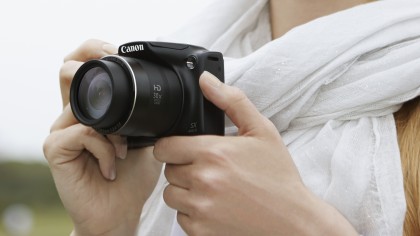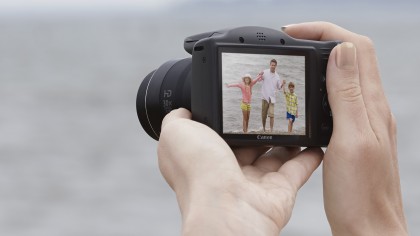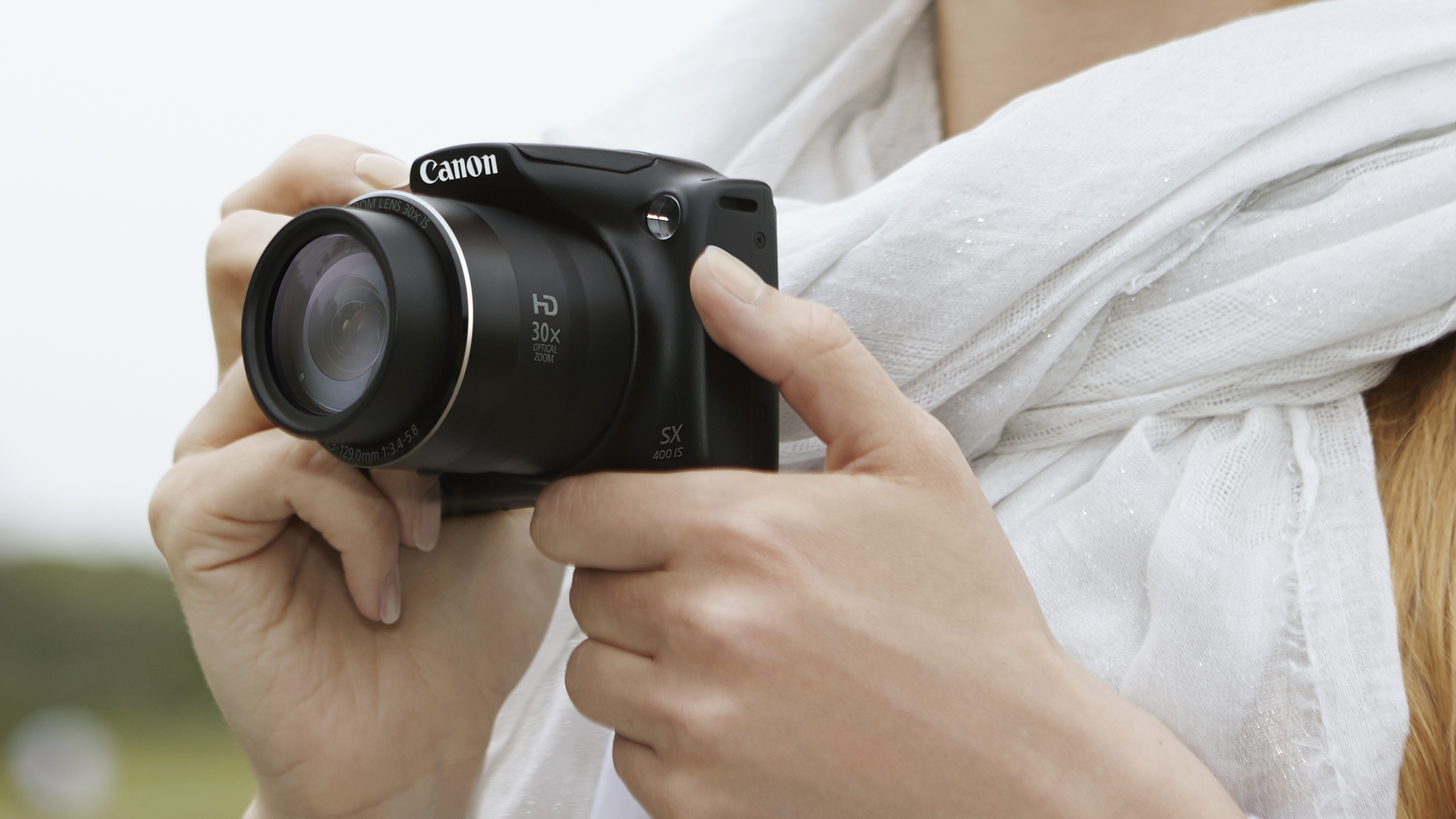Why you can trust TechRadar
By changing the shape of the SX400 range to make it more bridge like, Canon is sort of changing the audience. The traditional bridge camera buyer is perhaps a little more stringent than a "normal" compact camera buyer.
That said, we've been pretty impressed with most Canon compacts of late, so our hopes were reasonably high for the SX400IS.
The good news is that, overall, this is an excellent camera and will no doubt appeal to holidaying photographers looking for something simple to use which offers a good deal of flexibility in terms of the zoom range.

Colours are bright and punchy straight from the camera, displaying the kind of warm saturation that we've come to expect from Canon cameras. You can also alter the colours directly in camera by choosing to shoot with MyColors - this is useful if you want to up the contrast (Vivid) or shoot a landscape. There's lots of options to experiment with here, including Positive Film, Black and White and Neutral - so it's worth having a look to see if any take your fancy. It's worth noting though that as the camera doesn't shoot in raw format, you won't be able to salvage a "clean" version of the image should you need it.
Detail is great. Looking at images at normal printing or web sizes (A4 or below) leaves you with an excellent impression of detail. If you examine at 100% it's possible to see image smoothing in some areas of the picture even at ISO 100, but that's generally to be expected from compact cameras.
The SX400's automatic white balance system copes reasonably well but it does err towards warm tones under artificial lights, so you might find you need to switch to a more specific white balance setting if you're looking for accuracy.
Metering is very good - I found I hardly had to use exposure compensation at all during my time with the camera. If you're shooting something with very high contrast in the scene, you might need to switch to spot metering - something you can do in Program Mode, but this is fairly rare.
Shooting at higher sensitivities will leave you with an image with a reasonably high level of noise, especially if you look at an image at 100%. At ISO 800 is possible to see speckling and colour noise throughout the image when the light is very low - ISO 1600 is available, but I'd really only recommend using that if you're really struggling to get a focused image at ISO 800.

Autofocusing speeds are pretty quick, especially in good light - as you might expect that speed drops a little when shooting in low light conditions, but the focusing light helps to speed things up. You can activate macro focusing when you want to get close to a subject for frame filling shots - this will help you get very close indeed - so close in fact that the lens will almost be touching the subject.
The performance of the zoom is obviously very important for a camera like this. The SX400's 30x optical zoom is decent, and again, if you're looking at images at A4 or below, you're left with a reasonable impression of detail. If however, you zoom in to 100%, you can see some evidence of image smoothing. Digital zoom is available, but as you might expect, the quality drops when using it - it's useful to have though if you do need to get a little closer.
There's a range of digital filters available on the camera, but unfortunately they're starting to look a little old fashioned by comparison to some of the other cameras on the market - Canon hasn't updated its range in quite some time. Still, it's worth experimenting with what's available - my favourite is Toy Camera.
Verdict
Canon has produced another camera that is easy to like and does a good job in holiday and travel scenarios - if you're in the market for something simple to use and are interested in a bridge camera like design, this could be a good option. Although it is very small, even by bridge camera standards, it's still not going to fit in a jacket or coat pocket thanks to its shape - so bear that in mind if you're looking for something which is ultra-portable.
Images are good straight from the camera, especially if you're mainly going to be shooting in good light - which is likely if you're using it for a holiday camera. There's not much in the way of control over settings here though, and while Program Mode gives you some degree of control, if you're used to controlling every aspect of your photography, you may be left frustrated by the SX400IS.
I'd like to see Canon giving a little more in the way of innovation for this bridge camera - for instance a touchscreen or integrated Wi-Fi, but on the plus side, this does help to keep the cost of the camera reasonably low.
We liked
With a 30x optical zoom, this camera gives you great flexibility when you're out travelling. Colours are bright and punchy straight from the camera, while the amount of detail resolved is pretty decent for a compact camera.
We disliked
There's not much to dislike about the camera, but perhaps it could have been a touch more exciting with some additional features that will draw the smartphone market in. I'd like to see more experimentation on the creative side of things - Canon's range of digital filters is starting to look a little tired.
Final verdict
A well-performing bridge style camera, the SX400 IS is a good option if you're looking for something well performing that will help you get good shots in every day scenarios. Best suited to those who don't need full manual control, and instead want to concentrate on good composition and holiday shots.
Current page: Performance and verdict
Prev Page Image quality and resolution Next Page Sample imagesAmy has been writing about cameras, photography and associated tech since 2009. Amy was once part of the photography testing team for Future Publishing working across TechRadar, Digital Camera, PhotoPlus, N Photo and Photography Week. For her photography, she has won awards and has been exhibited. She often partakes in unusual projects - including one intense year where she used a different camera every single day. Amy is currently the Features Editor at Amateur Photographer magazine, and in her increasingly little spare time works across a number of high-profile publications including Wired, Stuff, Digital Camera World, Expert Reviews, and just a little off-tangent, PetsRadar.

